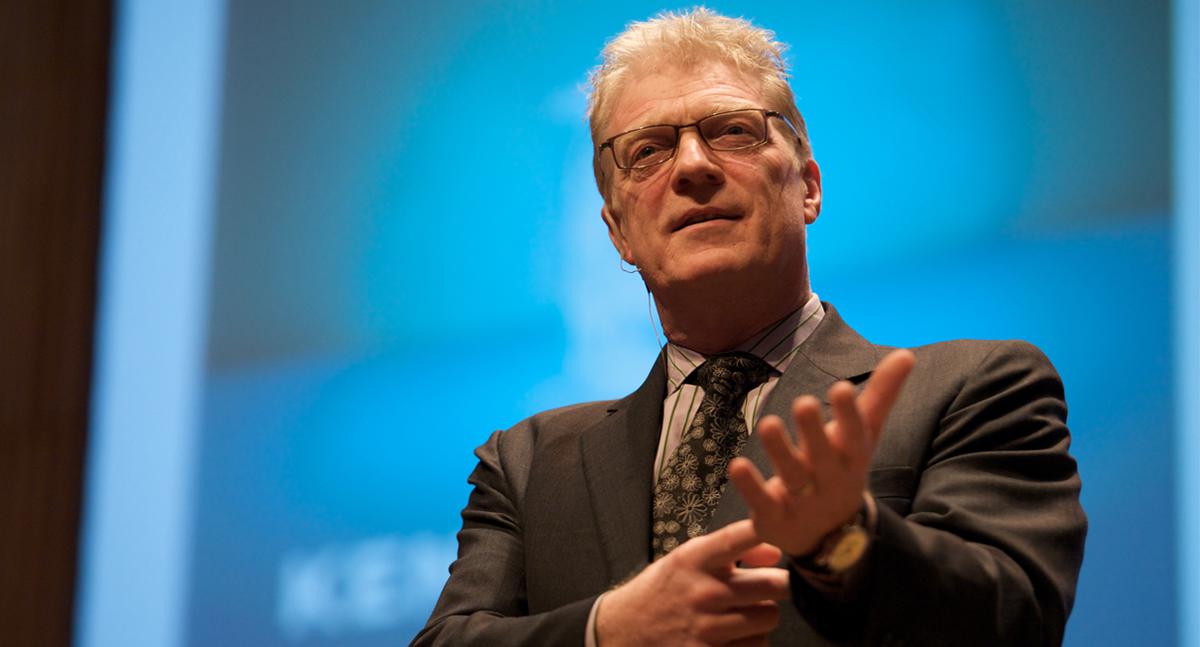The state of public education in Finland has been a recurring topic of conversation for many countries who see the Finnish’s Programme for International Student Assessment (PISA) test scores as among the best in the world. The secret to their success has baffled other countries—they do very little standardized testing, children are allowed to play outside for longer periods, and they get very little to no homework.
It was a paradigm shift that Finland adopted early on while most countries had even yet to consider such a drastic change in national curriculums.
In two TED talks that English author and educator Sir Ken Robinson gave in 2006 and 2013, it was mentioned that education in the majority of schools in the world promote conformity rather than creative thinking wherein students are taught to be good workers rather than problem-solvers.
Robinson’s argument maintains that children are innately creative partly because they are not frightened to make mistakes, therefore willing to take risks. This attitude towards mistakes is curbed by formal schooling by stigmatizing errors.
This approach to teaching has been kept by schools around the world since the Industrial Revolution. Every child receives the same training—with the same set of information, the same requirements, the same manual—that prepares them for lives working similar jobs.
However, with technological advances and evolving problems, such an approach stagnates innovative thought, making it harder to address these new problems and needs.
Humanities and the Arts are also placed in the background, emphasizing the importance of Mathematics and the Sciences. While indeed, these subjects are very important, Robinson argues that to be able to prepare for the future that no one has a clear grasp of, creative thinking must be nurtured by giving equal weight to creative subjects.

(Photo by Sebastiaan ter Burg)
Educational revolution in Asia
As the Western world is working on changing their respective educational systems, so are Asian nations. Singapore is one of the leaders in this shift in views on learning. The country is making an effort to move from the outdated views on educational techniques into modern ones.
According to Heng Swee Keat who served as Singapore’s Education Minister from 2011 to 2015, schools are making a shift to applied learning, stimulating the students’ areas of interests and applying their learnings to real life situations.
Singapore, as well as other Southeast Asian nations like Thailand, Indonesia, and Malaysia, are taking steps to develop their curriculums that will make use of interactive devices to assist in motivating students to participate in the learning process.
With these countries’ governments now pushing for educational reforms to move toward “smart classrooms,” educators are now being urged to adopt new technologies and incorporate them into their lesson plans.
Interactive technology and progressive education
Governments across the globe are looking into new technologies to take on crucial roles in the youth’s studies where every discussion is a multimedia presentation that helps engage students more effectively.
Many schools across Asia and the world have adopted tablets and computers to the curriculum, and are continuously looking for better educational tools to stimulate class participation.
Epson has developed an interactive projector to help educators make more organized and stimulating learning experiences for students. The projector turns any classroom surface into a smart device that moves the class fluidly from a collaborative drawing board to different presentation tools in an instant. Students can participate simultaneously with either their fingers or pens, or with devices like smartphones, tablets, or laptops over a wireless network, making learning more inclusive.
This tool promotes kinesthetic and tactile learning, and not just audio-visual learning through facilitation of students to all participate in putting in information on the surface-slash-smart device.

and learning in schools.
The latter generations have become more and more connected to technology. Children at a young age learn how to use smart devices, and access information over the Web from video clips to games.
According to Amy Kwa, department head of Epson’s visual instruments division, to be relative and effective in educating the youth, classrooms must move from a “teacher-centric model to one that is collaborative and inclusive.”
In concurrence with Sir Robinson’s ideas, Kwa adds that the classroom environment must evolve to encourage constant interaction and discussion, and integration of ideas and sources.
With next generations facing continuously amassing problems, initiatives in education should move away from its conformist view
to a more nurturing environment that can incubate new ideas to solve such problems down the line. Epson hopes that their technology can help address the need to shift priorities in learning.


Learning is no longer a matter of memorization and following rules, it is a process of instilling in students the foundations of what the world already knows and encouraging them to contribute new ideas to what has been established. Knowledge and knowledge-acquisition is dynamic and participative.
Ways and means differ in achieving an educational revolution to drive human progress; but what is definite to the view of many today is that it is imperative to radically change educators’ approach to teaching.
Also published in GADGETS MAGAZINE September 2016 Issue.
Words by Robby Vaflor
